Health Care > SOLUTIONS MANUAL > Solution Manual for Project Management: The Managerial Process 6th Edition By Erik Larson; Clifford (All)
Solution Manual for Project Management: The Managerial Process 6th Edition By Erik Larson; Clifford Gray
Document Content and Description Below
Project Management: The Managerial Process 6e By: Erik Larson; Clifford Gray Publisher: McGraw Hill/Europe, Middle east & Africa Edition: 6th Table of Contents 1. Modern Project Management 2. ... Organization Strategy and Project Selection 3. Organization: Structure and Culture 4. Defining the Project 5. Estimating Project Times and Costs 6. Developing a Project Plan 7. Managing Risk 8. Scheduling Resources and Costs 9. Reducing Project Duration 10. Leadership: Being an Effective Project Manager 11. Managing Project Teams 12. Outsourcing: Managing Interorganizational Relations 13. Progress and Performance Measurement and Evaluation 14. Project Closure 15. International Projects 16. Oversight 17. An Introduction to Agile Project Management 18. Project Management Career Paths Chapter 1 MODERN PROJECT MANAGEMENT Chapter Outline 1. What Is a Project? A. What a Project Is Not B. The Project Life Cycle C. The Project Manager 2. The Importance of Project Management A. Compression of the Product Life Cycle B. Global Competition C. Knowledge Explosion D. Corporate Downsizing E. Increased Customer Focus F. Small Projects Represent Big Problems 3. Project Management Today—An Integrative Approach A. Integration of Projects with the Strategic Plan B. Integration within the Process of Managing Actual Projects 4. Summary 5. Text Overview 6. Key Terms 7. Review Questions 8. Exercises 9. Case: A Day in the Life Chapter Objectives • To explain why project management is crucial in today’s world • To define a project and differentiate projects from routine operations • To establish the importance of projects in implementing organization strategy • To establish that managing projects is an act of balancing the technical and sociocultural sides of the project. Review Questions 1. Define a project. What are five characteristics which help differentiate projects from other functions carried out in the daily operations of the organization? A project is a complex, non routine, one-time effort limited by time, budget, resource, and specifications. Differentiating characteristics of projects from routine, repetitive daily work are below: a. A defined life span b. A well-defined objective c. Typically involves people from several disciplines d. A project life cycle e. Specific time, cost, and performance requirements. 2. What are some of the key environmental forces that have changed the way projects are managed? What has been the effect of these forces on the management of projects? Some environmental forces that have changed the way we manage projects are the product life cycle, knowledge growth, global competition, organization downsizing, technology changes, time-to-market. The impact of these forces is more projects per organization, project teams responsible for implementing projects, accountability, changing organization structures, need for rapid completion of projects, linking projects to organization strategy and customers, prioritizing projects to conserve organization resources, alliances with external organizations, etc. 3. Why is the implementation of projects important to strategic planning and the project manager? Strategic plans are implemented primarily through projects—e.g., a new product, a new information system, a new plant for a new product. The project manager is the key person responsible for completing the project on time, on budget, and within specifications so the project’s customer is satisfied. If the project is not linked to the strategic plan of the organization, resources devoted to the project are wasted and a customer need is not met. This lack of connectivity occurs more in practice than most would believe. 4. The technical and sociocultural dimensions of project management are two sides to the same coin. Explain. The system and sociocultural dimensions of project management are two sides of the same coin because successful project managers are skillful in both areas. The point is successful project managers need to be very comfortable and skillful in both areas. 5. What is meant by an integrative approach to project management? Why is this approach important in today’s environment? An integrative approach to project management is one in which all the parts are interrelated. This approach is important because it can give an organization a competitive edge in today’s environment. An integrative approach includes two parts. First, projects must have a strong link to the organization’s strategic plan, which is directed toward meeting the customer’s needs. A project priority system reinforces this linkage by prioritizing projects according to their contribution to the strategic plan and allocates resources by the priorities set. Second, an integrative approach provides an integrated system for the actual implementation of the projects. This includes an information system which supports decision making and a sociocultural environment which creates a positive, active contribution from team members responsible for completing the project. Exercises 1. Review the front page of your local newspaper, and try to identify all the projects contained in the articles. How many were you able to find? It is nearly impossible to open a newspaper and not find articles relating to projects. Sunday editions are especially good for this exercise. Even experienced project managers find the number of projects far greater than they would have predicted. Each one was managed by a project manager! This is a good illustration of the important role projects play in our daily lives. 2. Individually identify what you consider to be the greatest achievements accomplished by mankind in the last five decades. Now share your list with three to five other students in the class, and come up with an expanded list. Review these accomplishments in terms of the definition of a project. What does your review suggest about the importance of project management? Typical responses center on technology, medical advances, space exploration—e.g., computer advances, laser operations and new drugs, building the space station. Often you have to point out that many of these projects are really programs. We usually select two or three student suggestions of projects (there will be plenty!) and ask the students to identify the kinds of problems the project manager of the project may have had to deal with. Again, once the students get into the exercise, the problems they can envision are many. These problems are placed on the board. After the board is near filled and most students have participated, we try to show or classify on the board the problems by the content of the text chapters. The intent is to demonstrate to the class the course and text will address many of the problems suggested by the students. 3. Individually identify projects assigned in previous terms. Were both sociocultural and technical elements factors in the success or difficulties in the projects? Students will naturally focus on sociocultural aspects in part because they are more familiar with concepts such as leadership, problem-solving, and teamwork than scope, WBS, and baseline budgets. Furthermore interpersonal friction is often a source of consternation on student projects. The instructor may have to point out that interpersonal conflicts often arise from ill-defined scopes, uneven work schedules, and poor planning. 4. Check out the Project Management Institute’s home page at www.pmi.org. a. Review general information about PMI as well as membership information. b. See if there is a PMI chapter in your state. If not, where is the closest one? c. Use the search function at the PMI home page to find information on Project Management Body of Knowledge (PMBOK). What are the major knowledge areas of PMBOK? d. Explore other links that PMI provides. What do these links tell you about the nature and future of project management? Note: If you have any difficulty accessing any of the Web addresses listed here or elsewhere in the text, you can find up-to-date addresses on the home page of Dr. Erik Larson, coauthor of this text: http://www.bus.orst.edu/faculty/bio.htm?UserName=Larson Case A Day in the Life This case shows a glimpse of what it is like to be a project manager. It also underscores that being a project manager is more social than technical and that project managers spend the majority of their time interacting with various people who impact a project. Note: This case can either be used up front in the course or towards the end when the sociocultural aspects of project management have been covered. 1. How effectively do you think Rachel spent her day? Students will be divided in their evaluation of Rachel. Some will argue that she is inefficient and does not have control over her time. Others will argue that this is the nature of the job, and is to be expected. They will point out that she is appropriately spending her time managing relations and keeping on top of things that affect the project. We tend to observe that students with little work experience are much more critical than those with work experience. Note: International students often take exception to Rachel devoting lunch time to gossiping and taking time to relax and listen to music. They feel these are inappropriate behaviors. When used towards the end of the course the case can stimulate a lively discussion between international and American students. 2. What does the case tell you about what it is like to be a project manager? Rachel’s day underscores three key functions project managers spend their time performing: a. Building and sustaining interpersonal relations. Project managers have to network and develop good working relations with team members and other project stakeholders. b. Information gathering and dissemination. Project managers are theinformation hub for their projects. They are in constant communication with various stakeholders, collecting information from various sources, and sending it to those who have a need to know. c. Decision-making. Project managers consult with various people to make decisions necessary to complete theproject. Supplemental Case South American Adventures Unlimited This case was included in thefirst two editions of thebook and is included here so that teachers can hand it out or post it on theweb for class discussion. SA Adventures Unlimited was formed four years ago by Michael and Jill Rodriguez. Michael was a trained geologist, while Jill had a master’s degree in Spanish. They were both avid outdoor enthusiasts and fell in love while trekking across theAndes in Chile. Upon graduation they seized upon theidea of starting their own specialized tour business that would focus on organizing and leading “high-end” adventure trips in South America. Their first trip was a three-week excursion across Ecuador and Peru. Thetrip was a resounding success, and they became convinced that they could make a livelihood doing something they both enjoyed. After thefirst year, Adventures Unlimited began to slowly expand thesize and scope of thebusiness. TheRodriguezes’ strategy was a simple one. They recruited experienced, reliable people who shared their passion for South America and theoutdoors. They helped these people organize specific trips and advertised theexcursion over theInternet and in travel magazines. Adventures Unlimited has grown from offering 4 trips a year to having 16 different excursions scheduled, including trips to Central America. They now had an administrative support staff of three people and a relatively stable group of five trip planners/guides whom they hired on a trip-by-trip contract basis. Thecompany enjoyed a high level of repeat business and often used their customers’ suggestions to organize future trips. Although theRodriguezes were pleased with thesuccess of their venture, they were beginning to encounter problems that worried them about thefuture. A couple of thetours went over budget because of unanticipated costs, which eroded that year’s profit. In one case, they had to refund 30 percent of thetour fee because a group was stranded five days in Blanco Puente after missing a train connection. They were also having a hard time maintaining thehigh level of customer satisfaction to which they were accustomed. Customers were beginning to complain about thequality of theaccommodations and theprice of thetours. One group, unfortunately, was struck by a bad case of food poisoning. Finally, theRodriguezes were having a hard time tracking costs across projects and typically did not know how well they did until after their taxes were prepared. This made it difficult to plan future excursions. TheRodriguezes shared these concerns around thefamily dinner table. Among themembers in attendance was Michael’s younger brother, Mario, a student at a nearby university. After dinner, Mario approached Michael and Jill and suggested that they look into what business people called “project management.” He had been briefly exposed to project management in his Business Operations class and felt that it might apply to their tour business. 1. To what extent does project management apply to Adventures Unlimited? 2. What kind of training in project management should theRodriguezes, theadministrative staff, and tour guides receive to improve theoperation of Adventures Unlimited? Try to identify major topics or skill sets that should be addressed. This short case is intended to introduce students to thewide range of issues surrounding project management. It is also intended to expand students’ awareness of theapplication of project management beyond traditional construction and product development projects. 1. To what extent does project management apply to Adventures Unlimited? Students should be encouraged to relate Adventures Unlimited to theconcepts and ideas in thechapter. For example, each tour has an established objective, a defined life span, is unique, and is constrained by time, cost, and performance requirements. Likewise, each tour follows theproject life cycle. When viewed from this angle, students recognize that Adventures Unlimited is in thebusiness of managing projects. 2. What kind of training in project management should theRodriguezes, theadministrative staff, and tour guides receive to improve theoperation of Adventures Unlimited? Try to identify major topics or skill sets that should be addressed. At first students may struggle to identify major topics and skill sets due to their lack of familiarity with project management. They should be encouraged to identify different tasks and decisions that have to be made to organize and lead a tour as well as manage a tour business. For example, in leading a specific tour thetasks would include defining thescope of thetour, scheduling theitinerary, developing a budget, negotiating contracts, and identifying and reducing risks. TheRodriguezes also have to manage a project organization which involves selecting which tours to sponsor, hiring and training guides, marketing tours, and controlling costs. An alternative teaching strategy would be to have students access thePMI PMBOK (Project Management Body of Knowledge) from theWeb site mentioned at theend of thechapter and ask them to relate thecore knowledge areas (for example, Project Integration Management, Project Scope Management) to theAdventures Unlimited. This would be a good way to expose students to thecore elements of project management and see how thecore elements help them relate to a less conventional project management business. Another alternative strategy would be to simply present an overview of PMBOK by displaying TP 1-1 and using it to guide thediscussion. Ask students to identify a ... [Show More]
Last updated: 1 year ago
Preview 1 out of 442 pages
Instant download
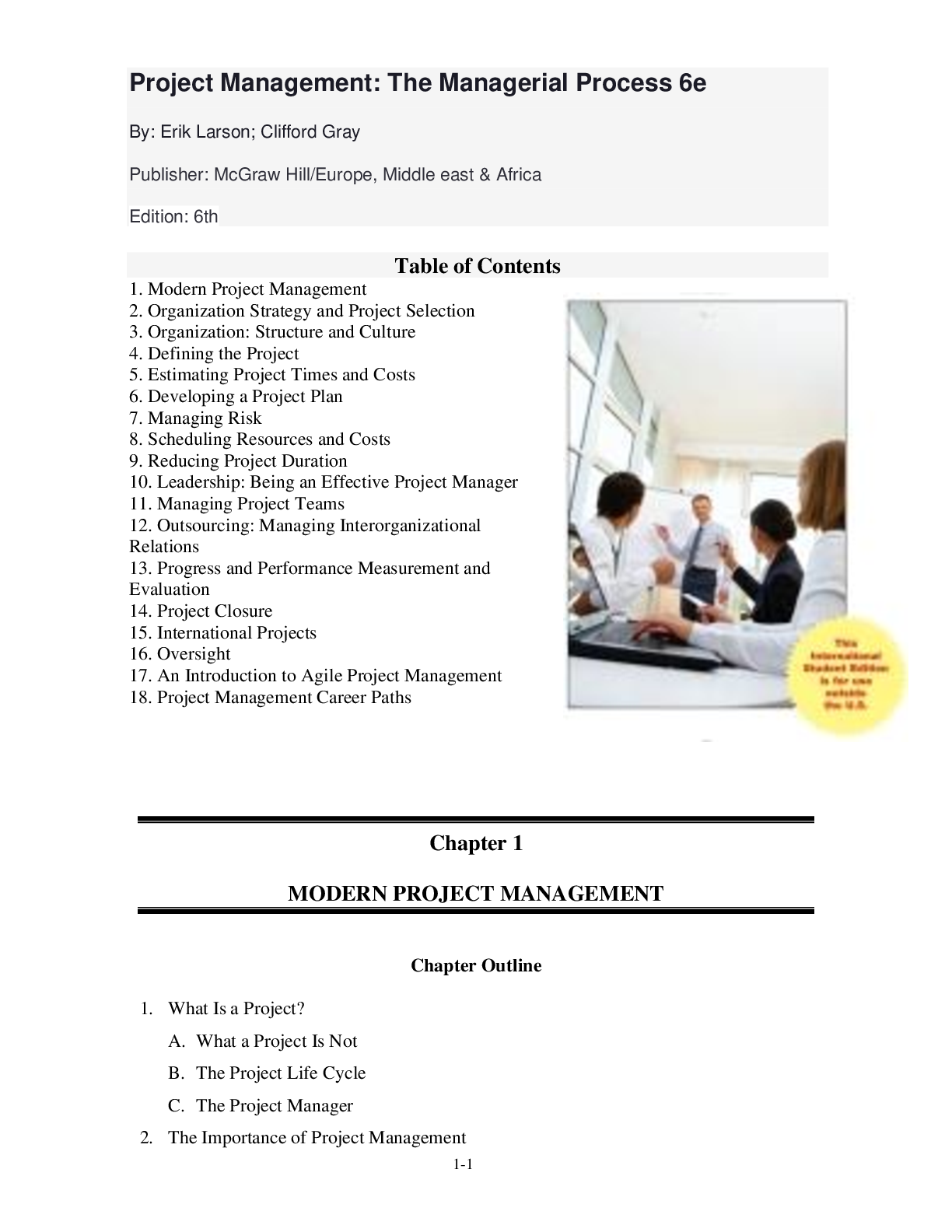
Buy this document to get the full access instantly
Instant Download Access after purchase
Add to cartInstant download
Reviews( 0 )
Document information
Connected school, study & course
About the document
Uploaded On
Sep 19, 2021
Number of pages
442
Written in
Additional information
This document has been written for:
Uploaded
Sep 19, 2021
Downloads
0
Views
179

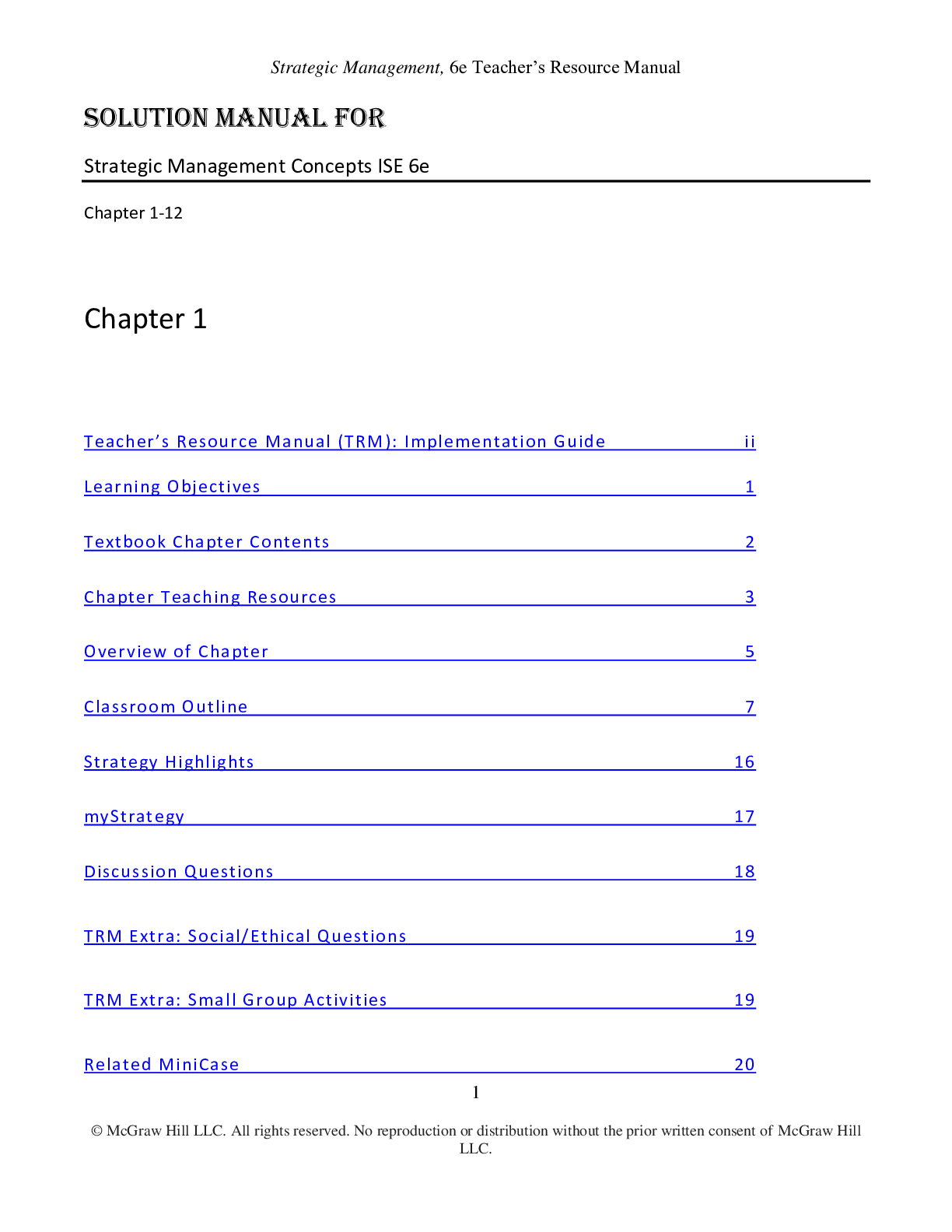
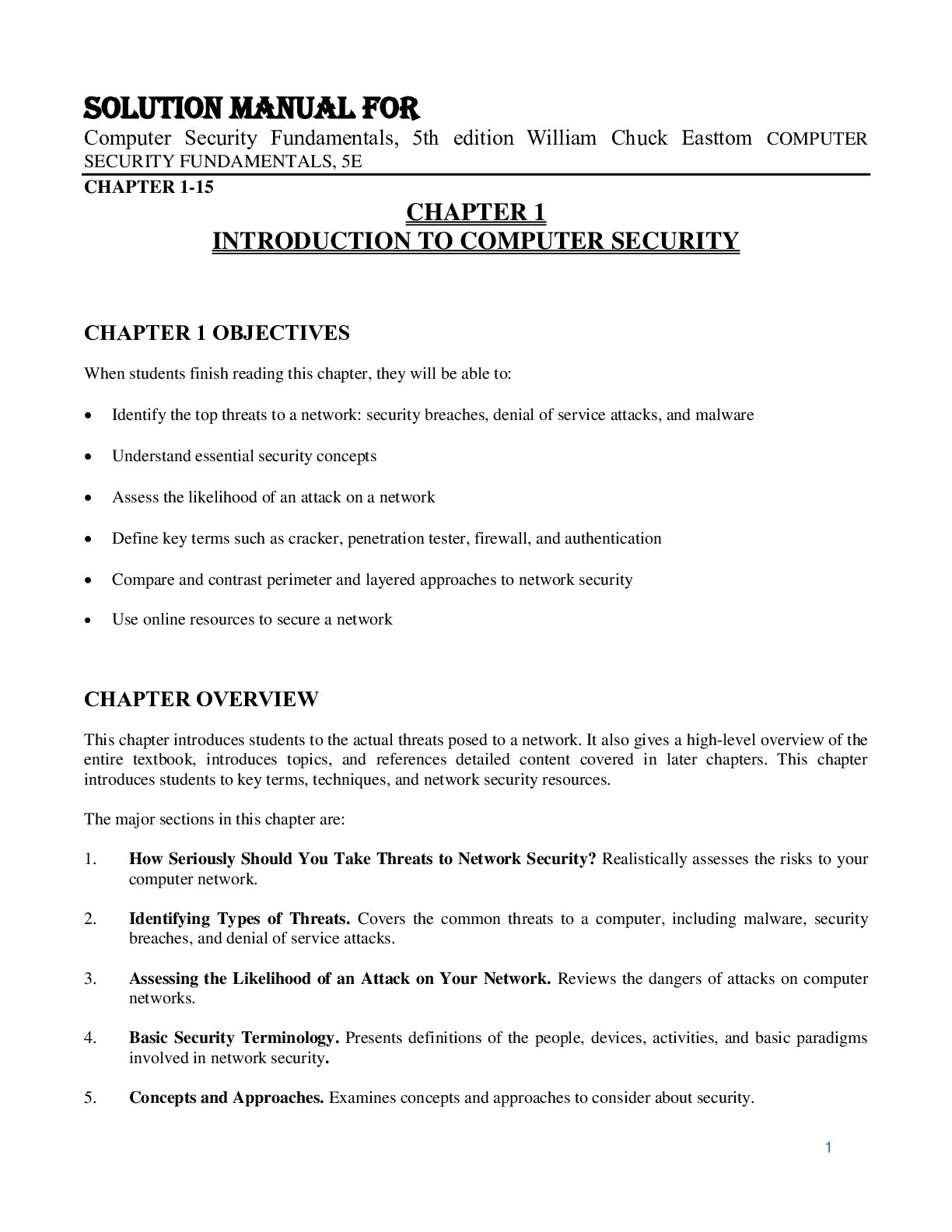
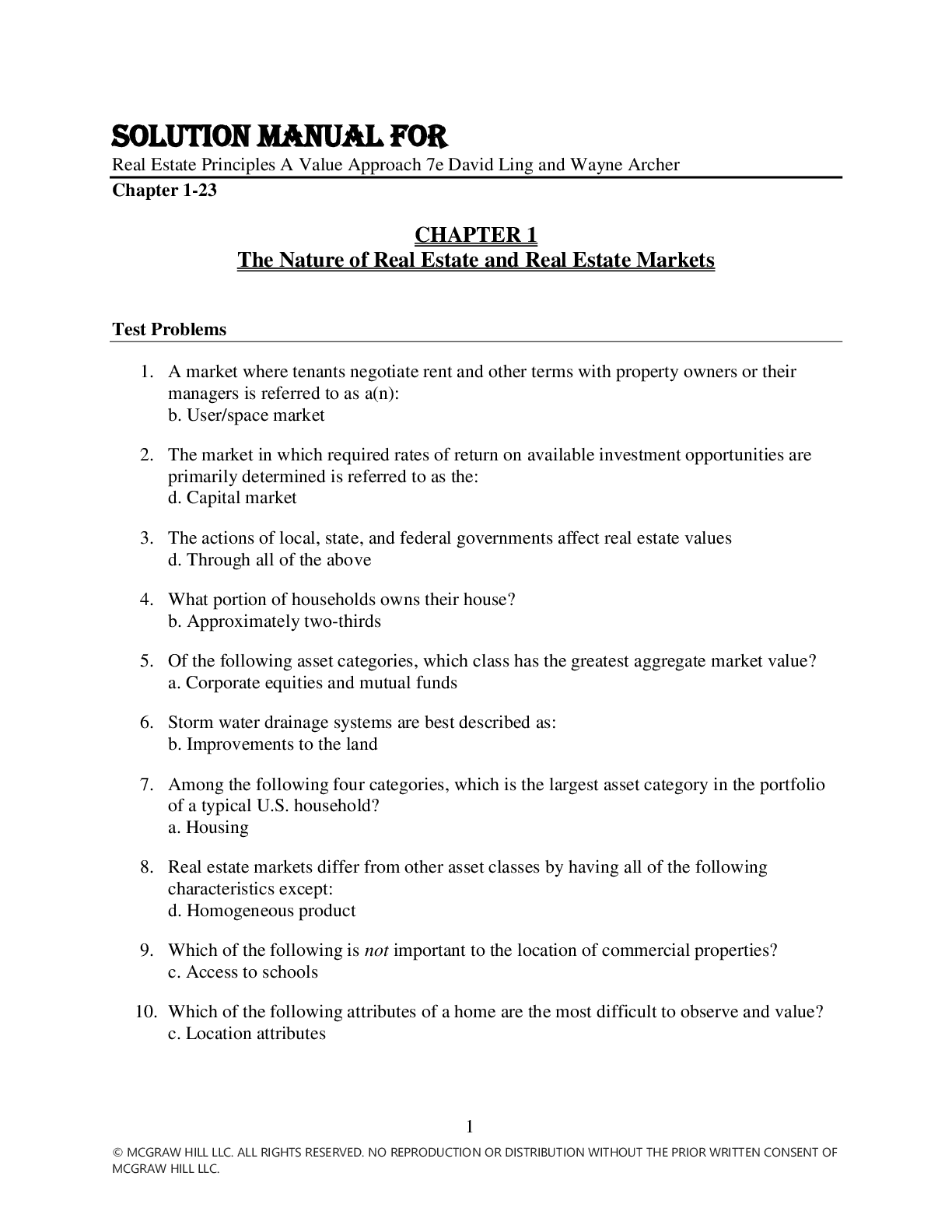
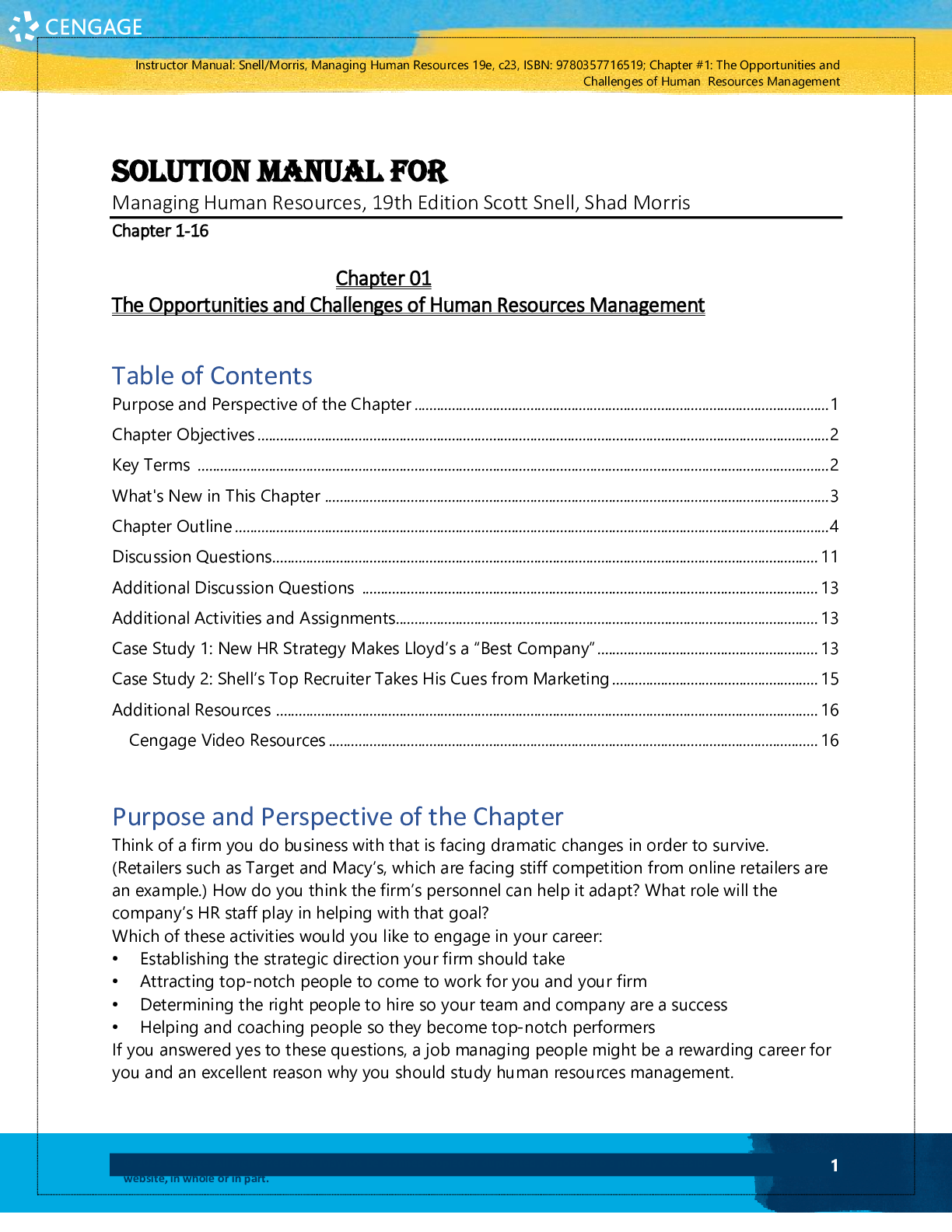
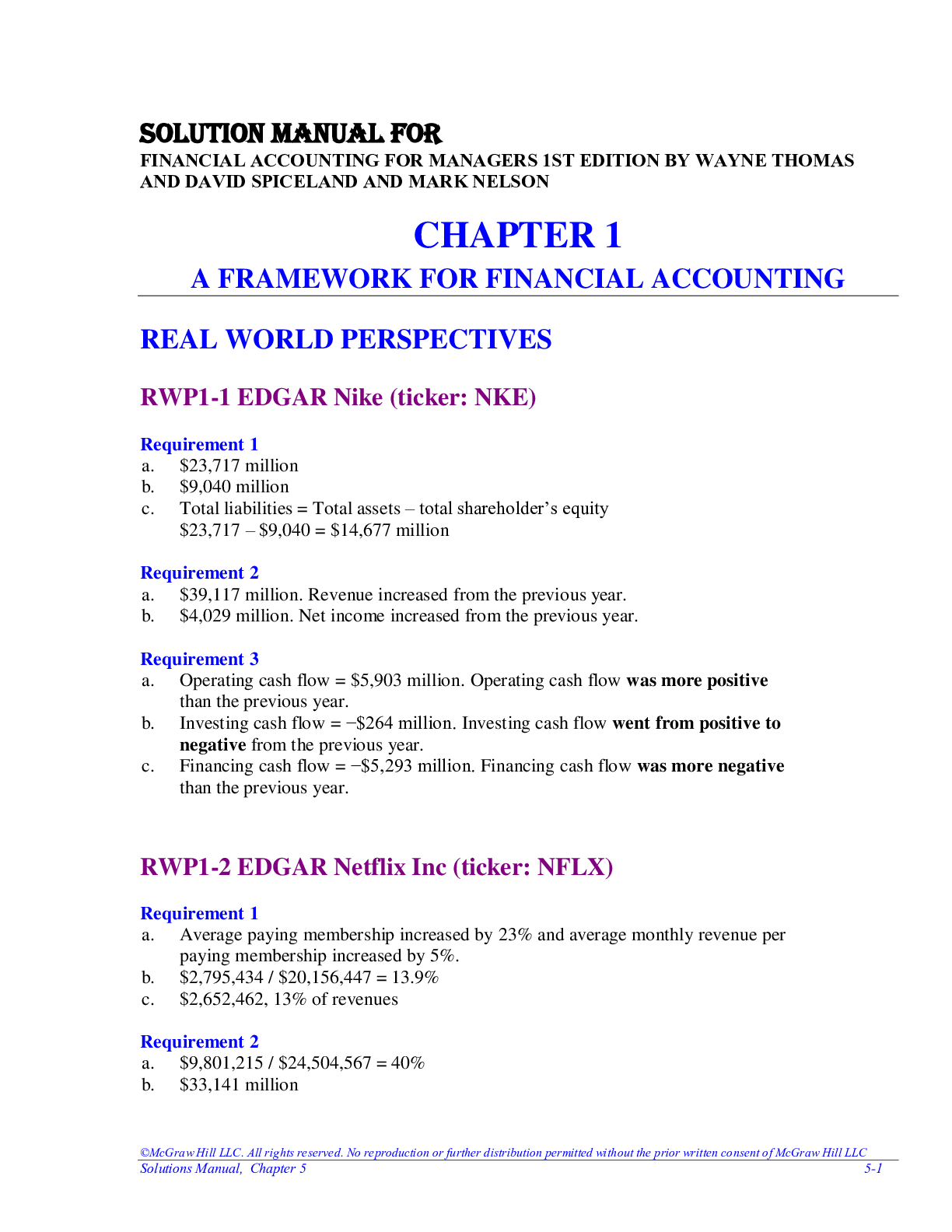


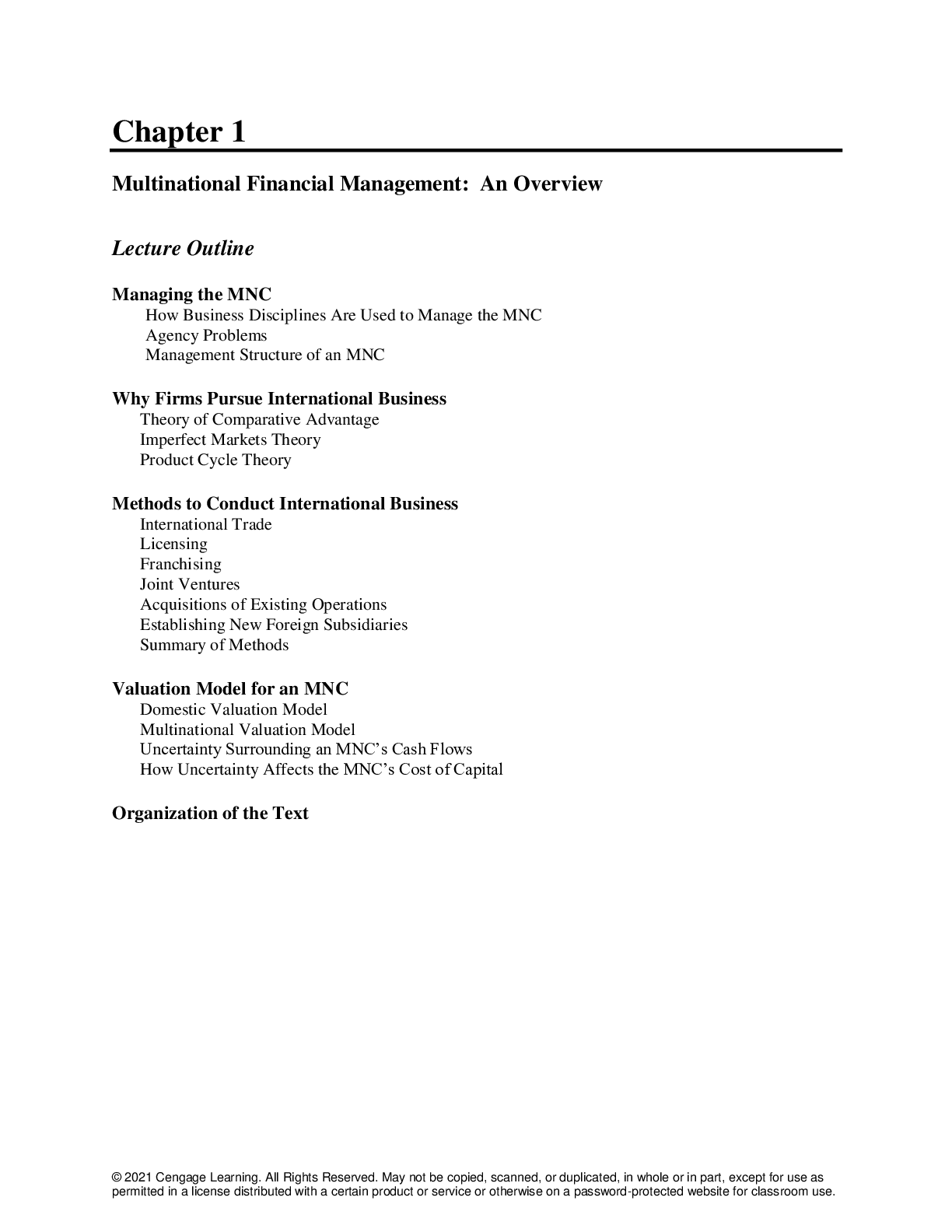

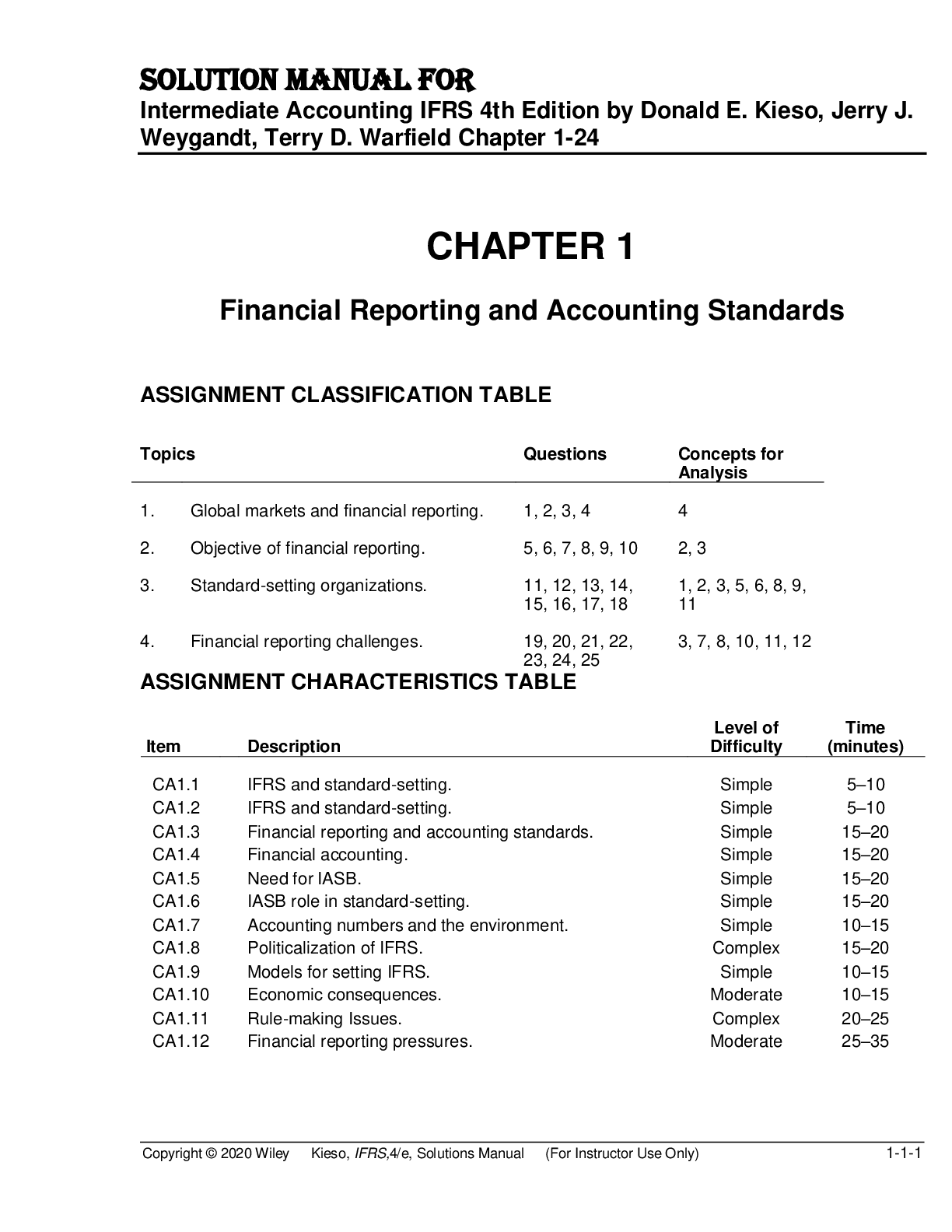


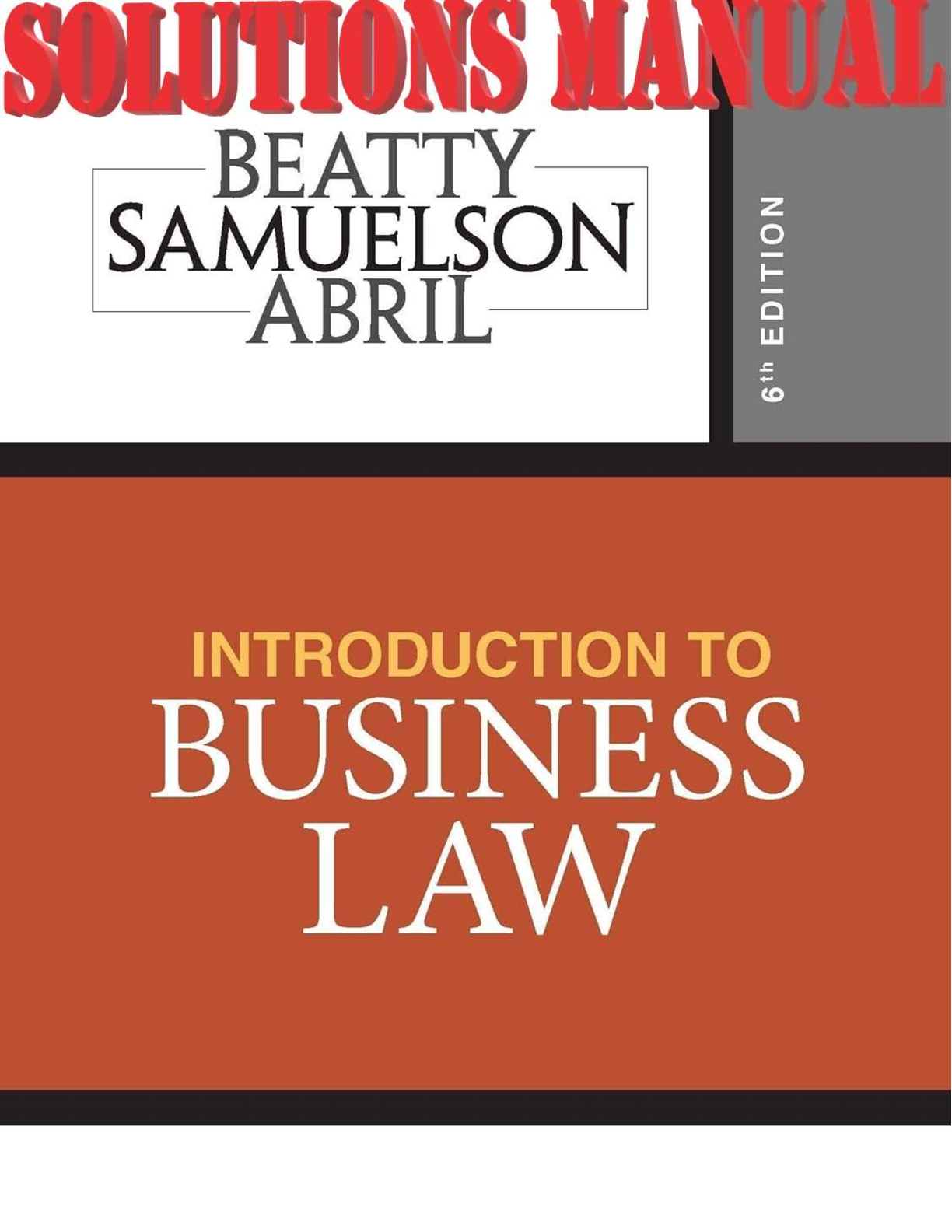
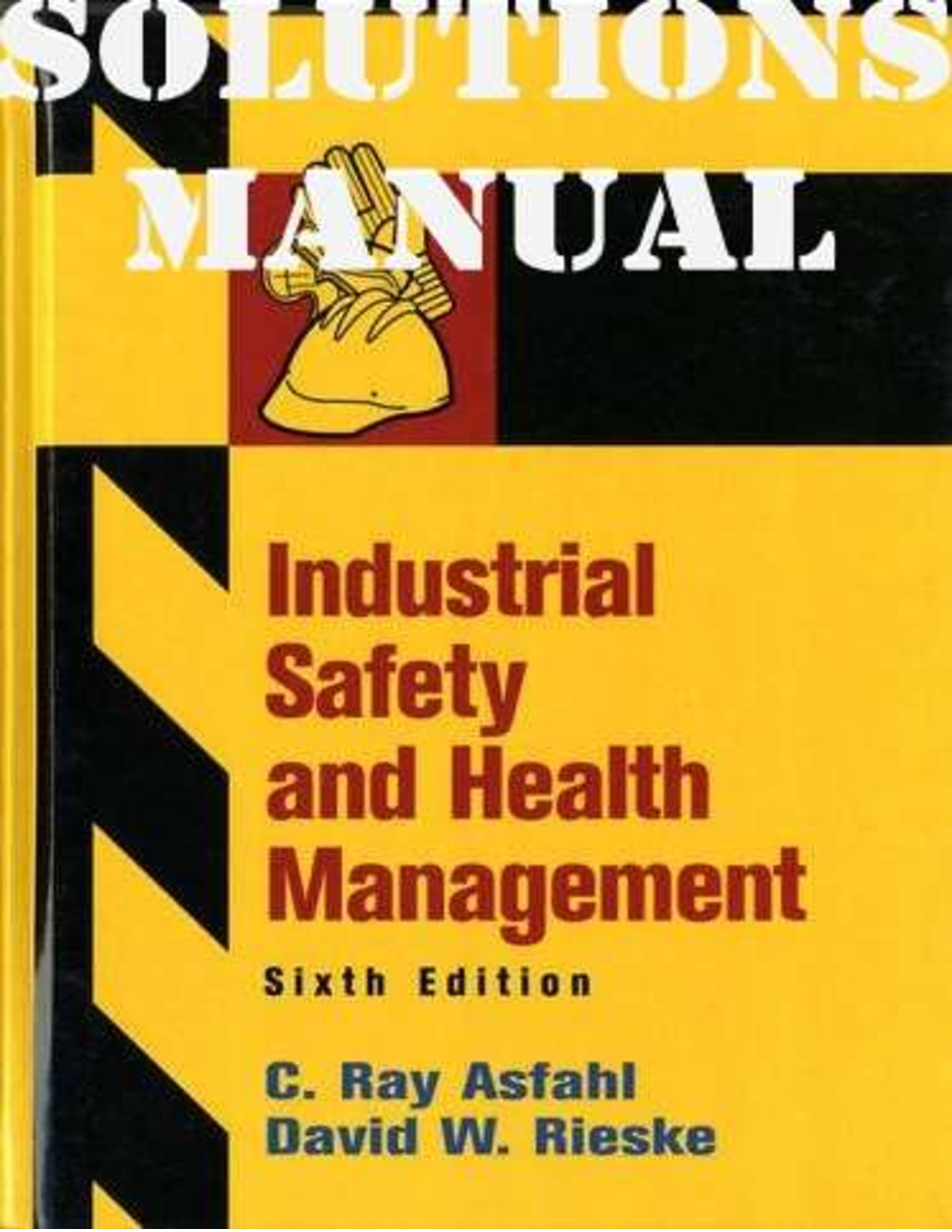
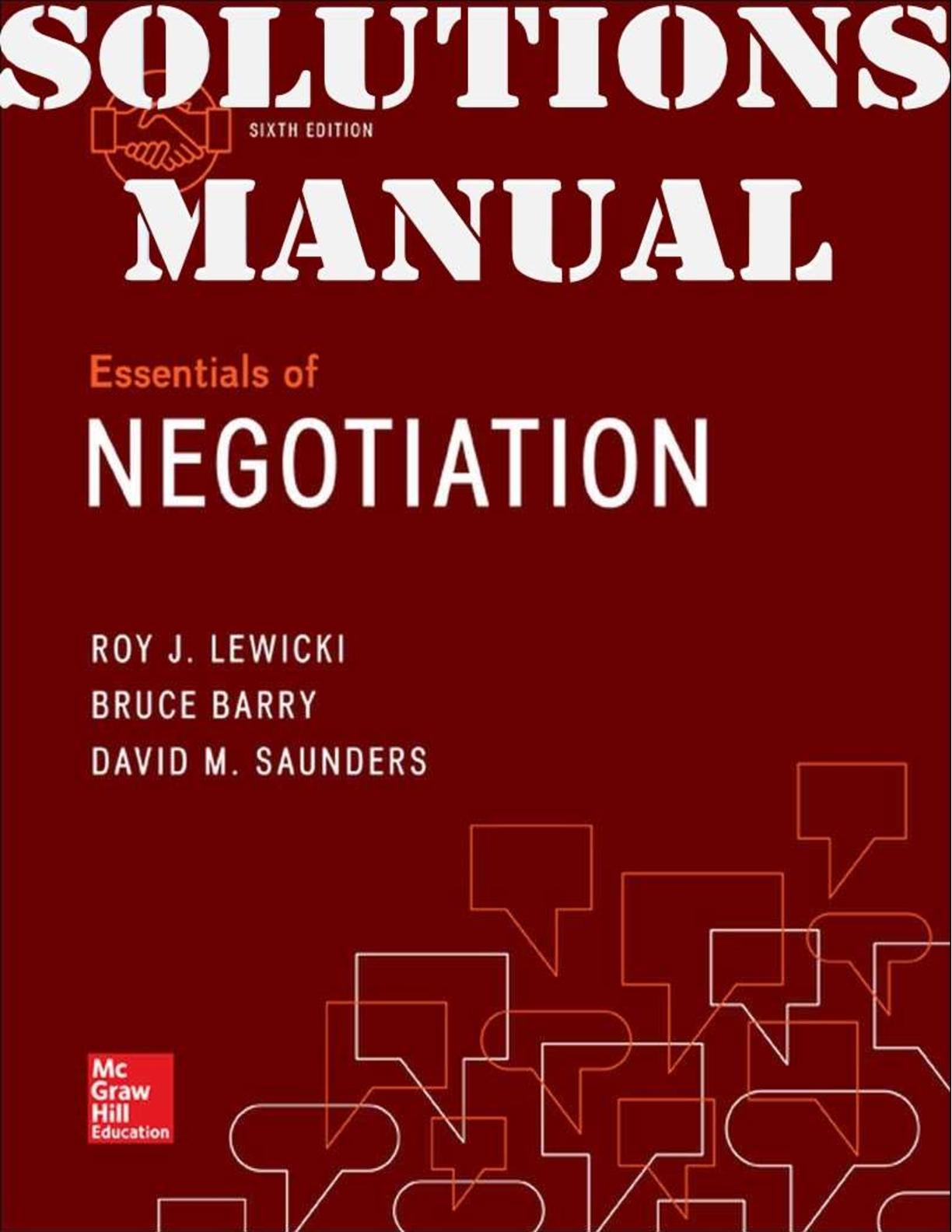
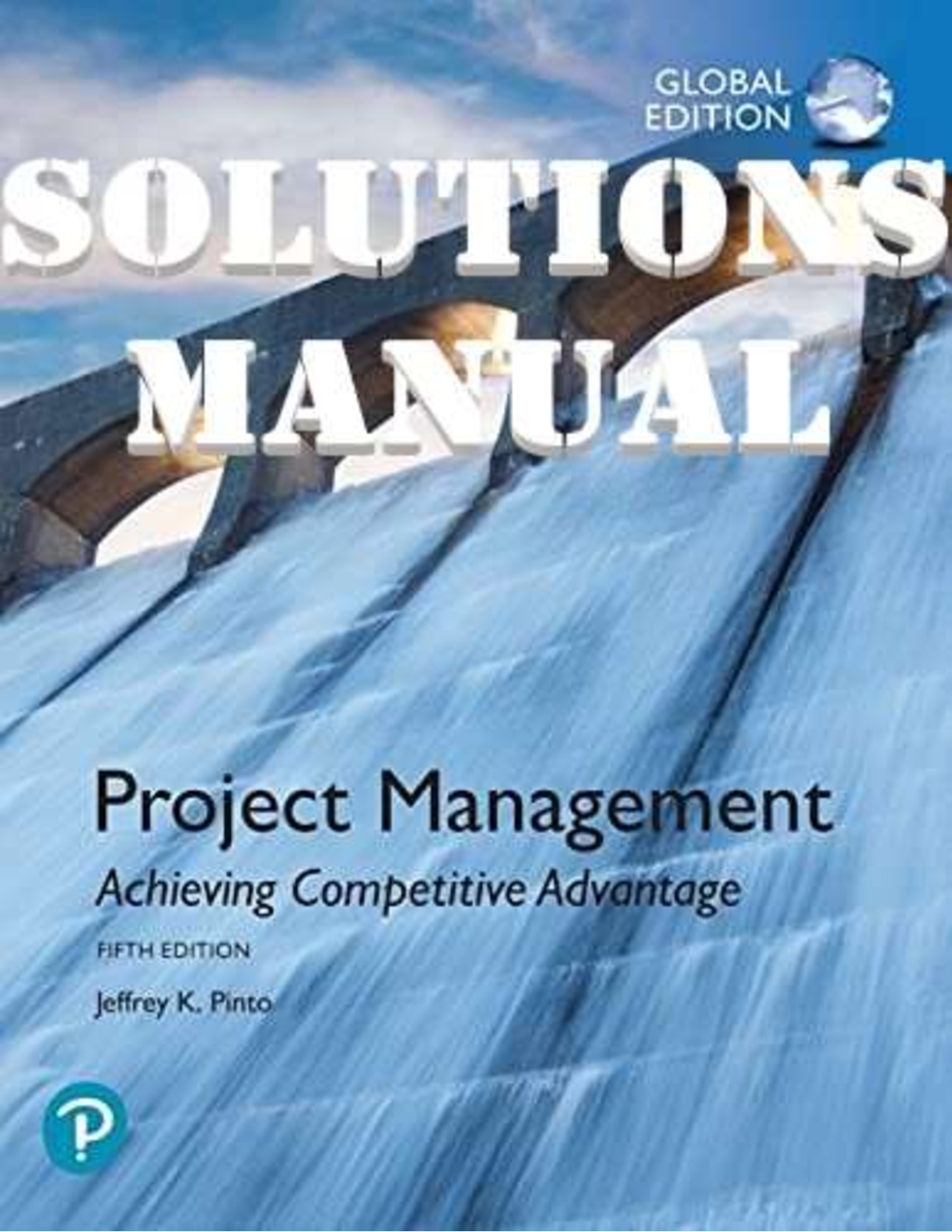
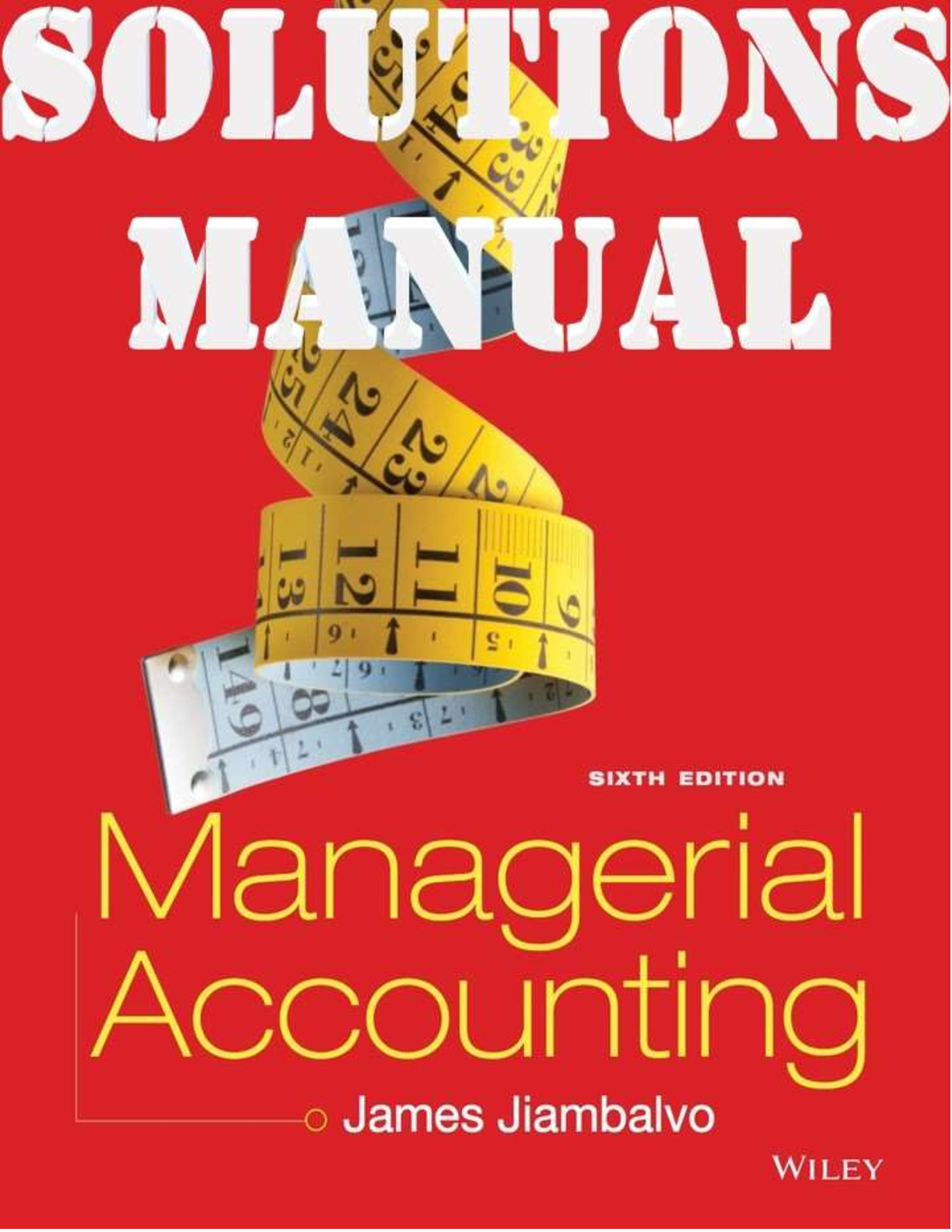
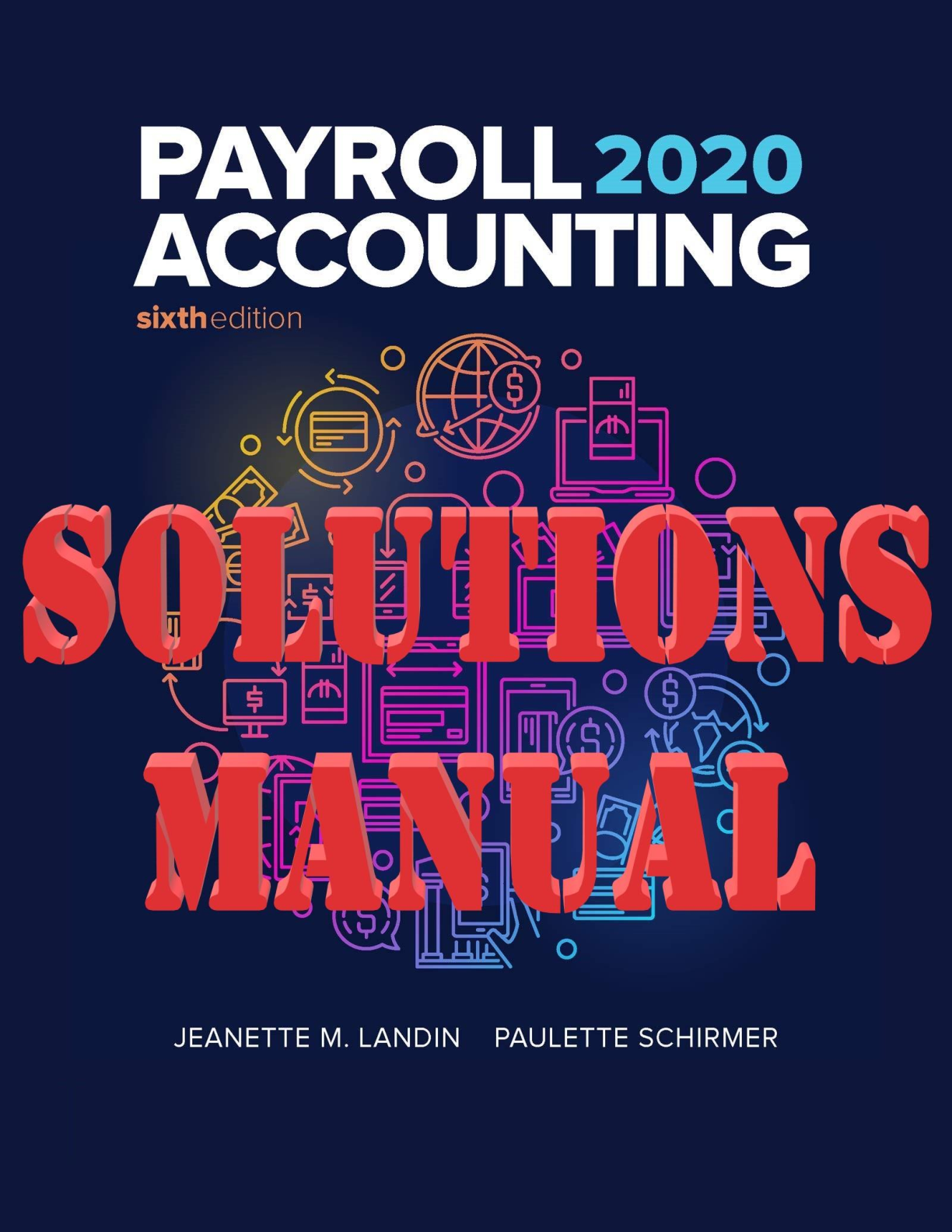

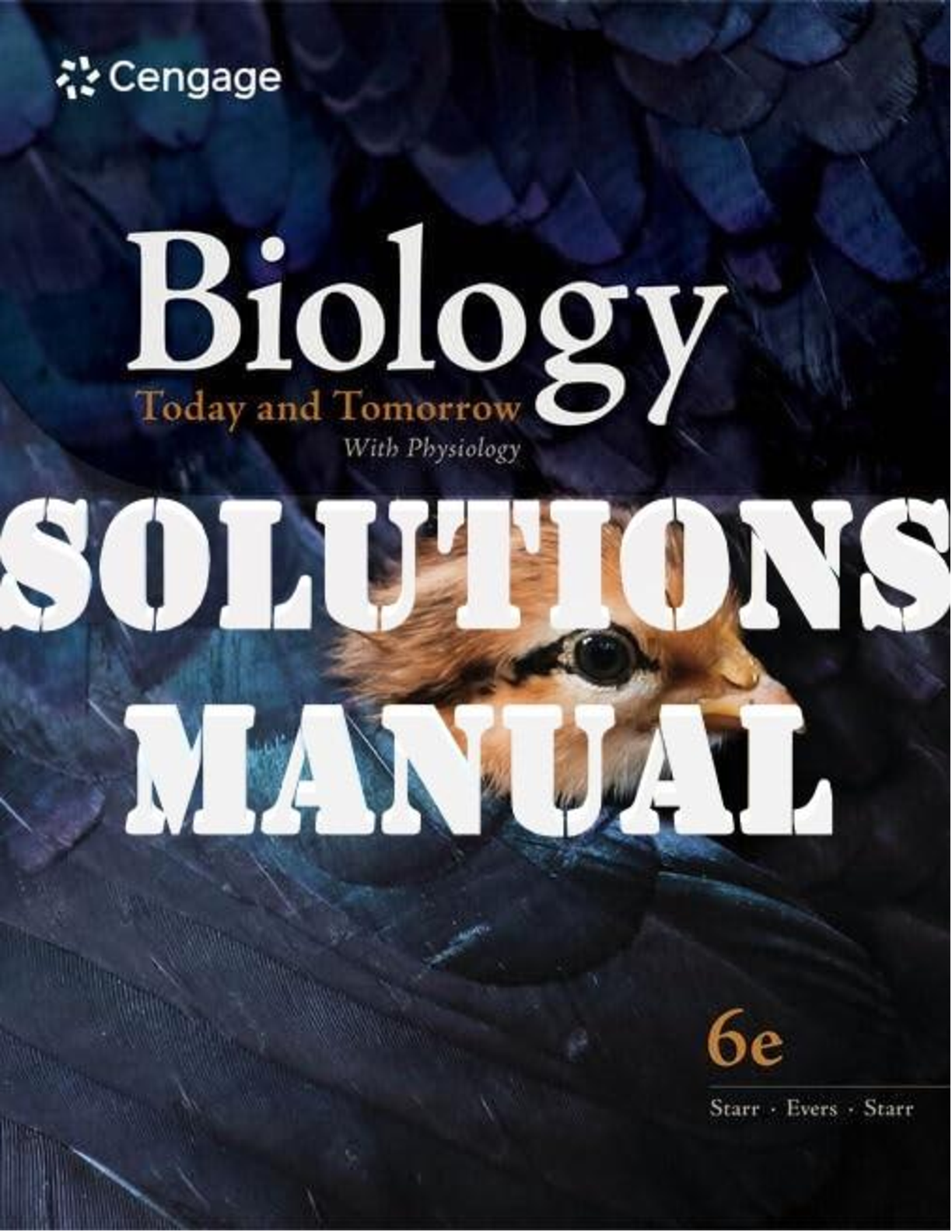
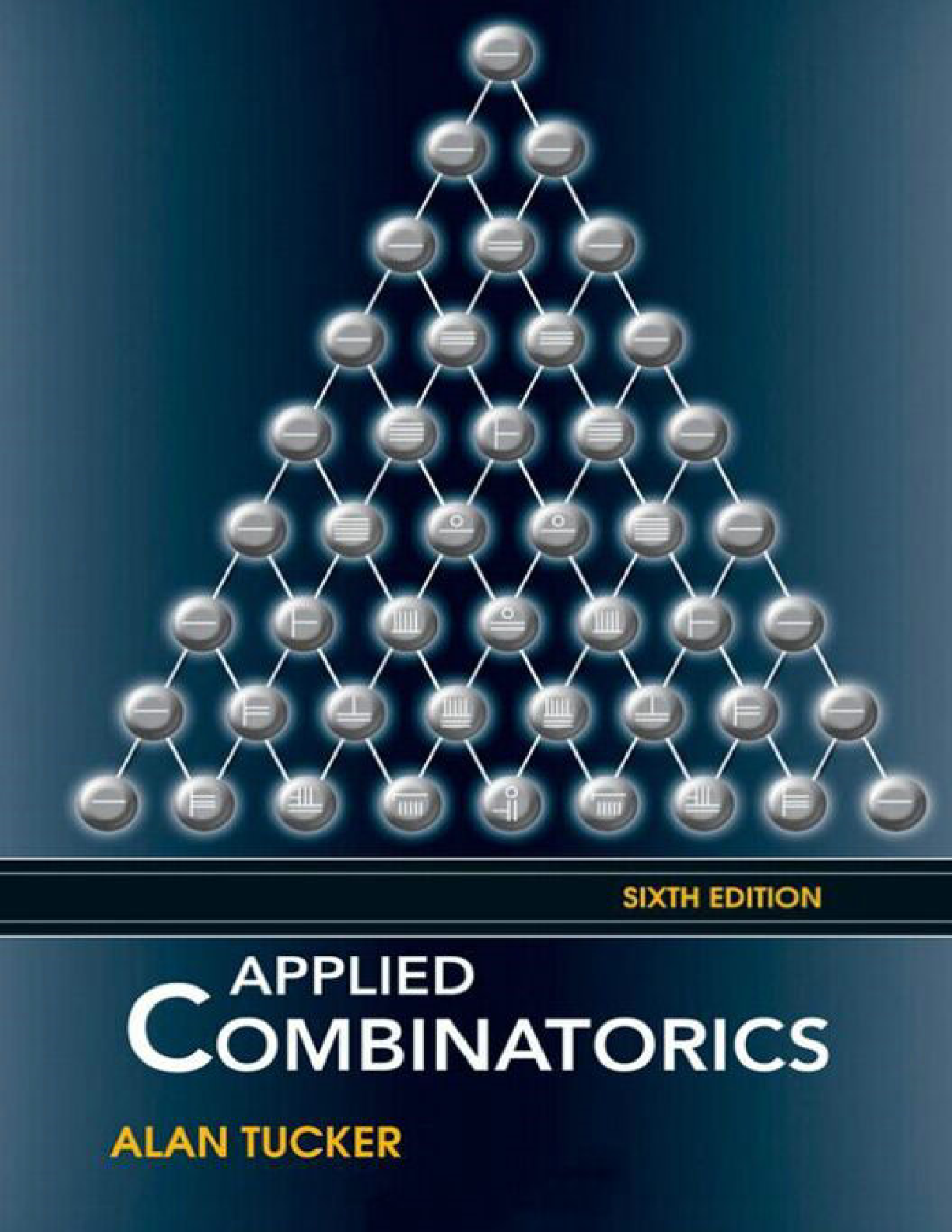
.png)
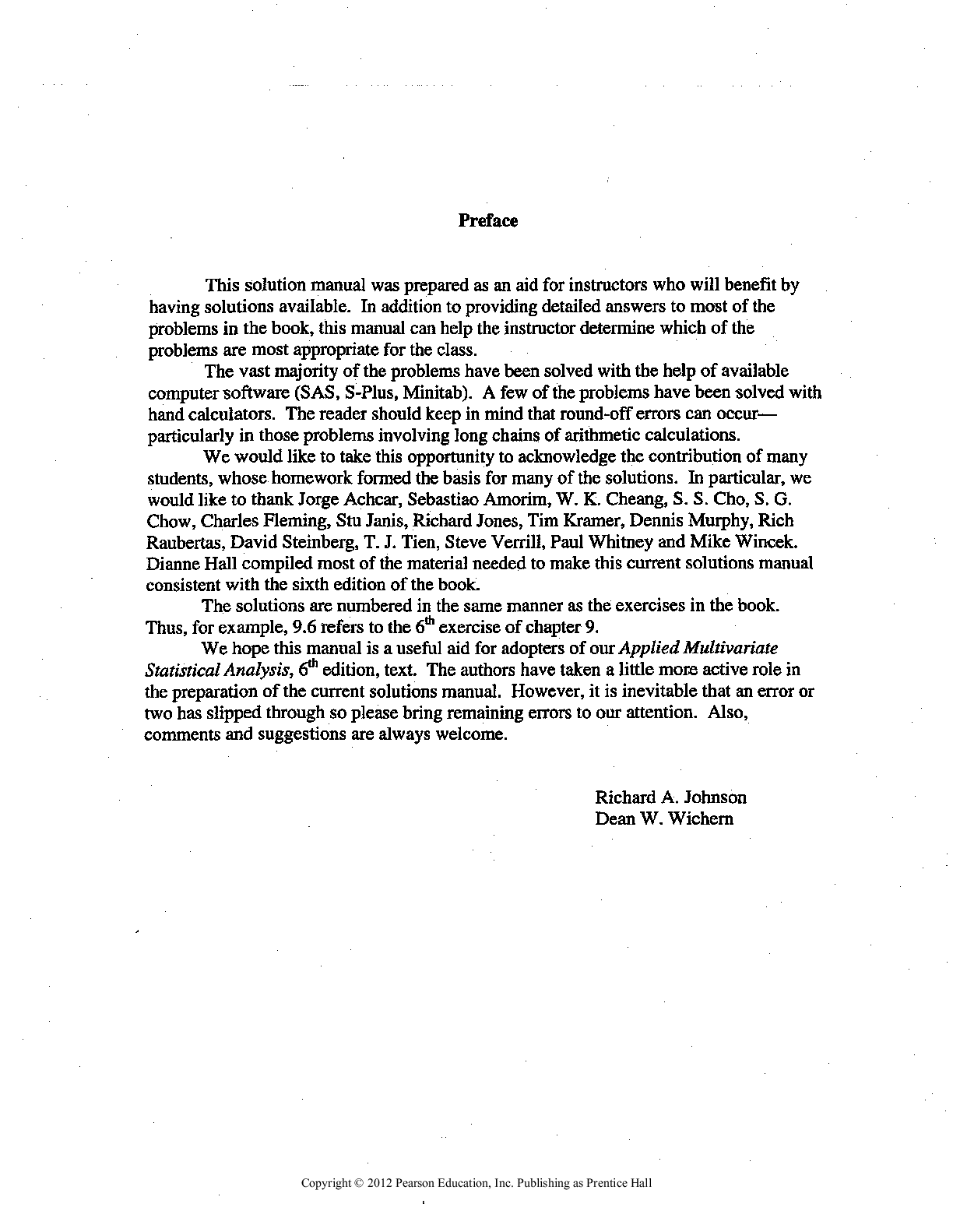
, 6e Besley, Brigham.png)

